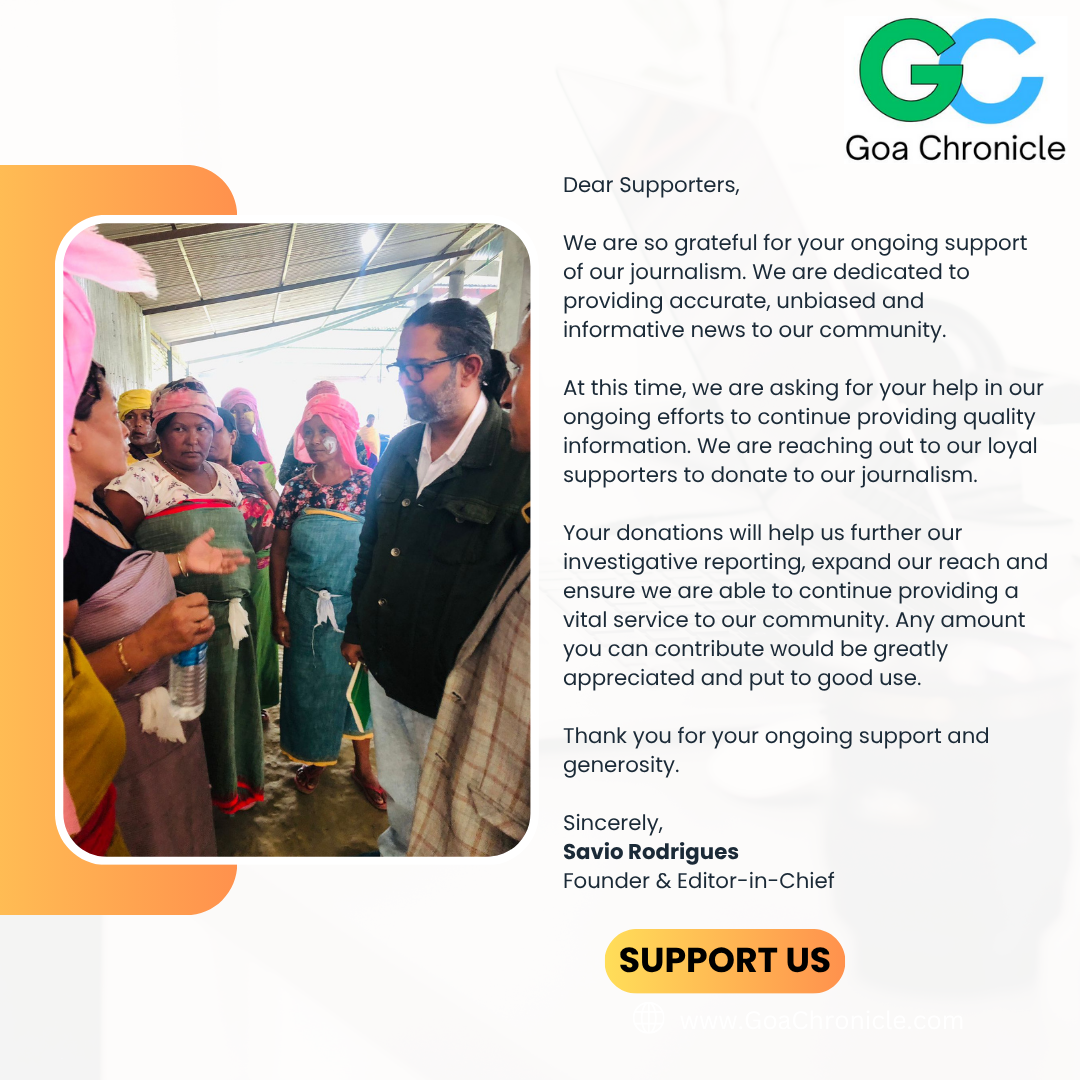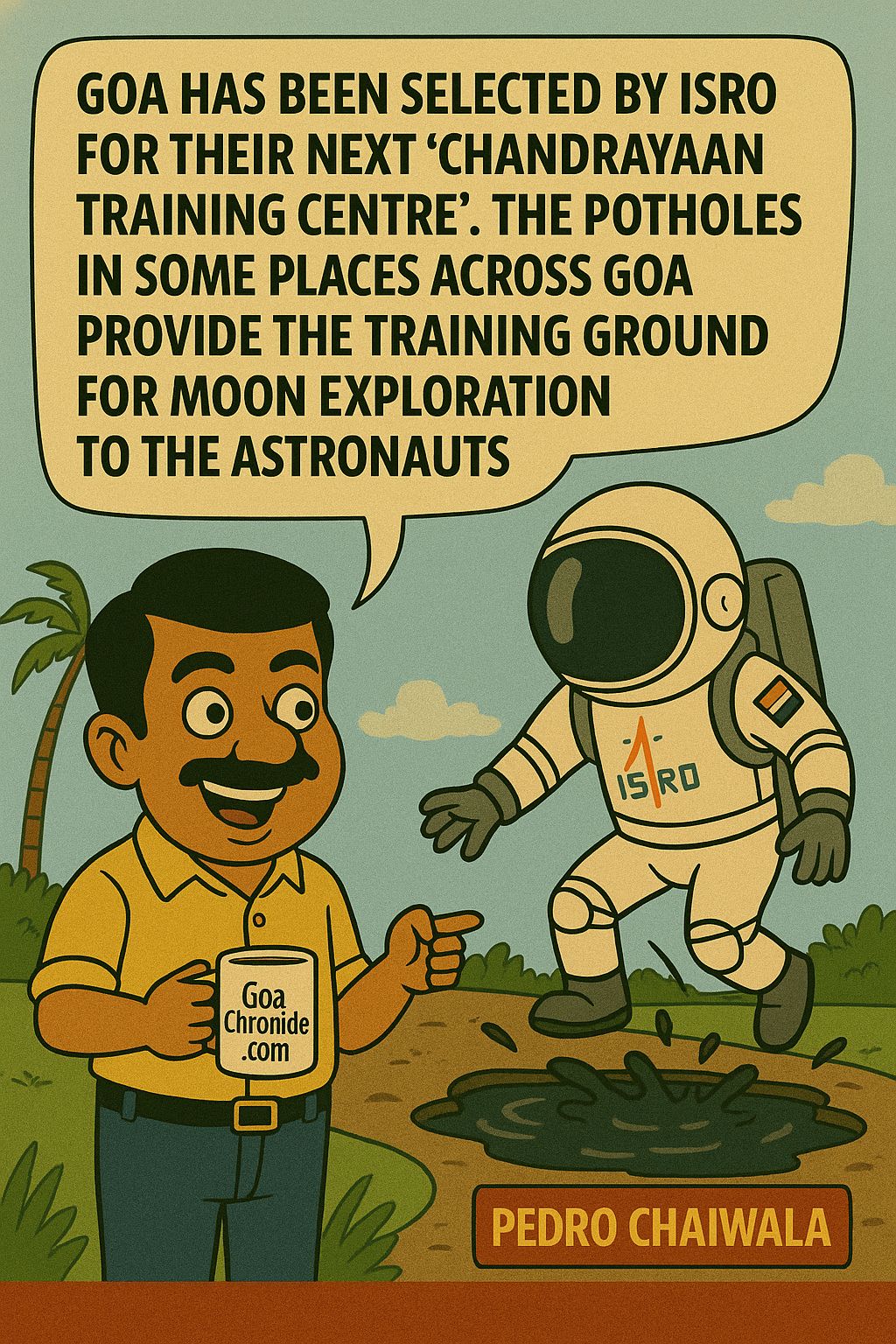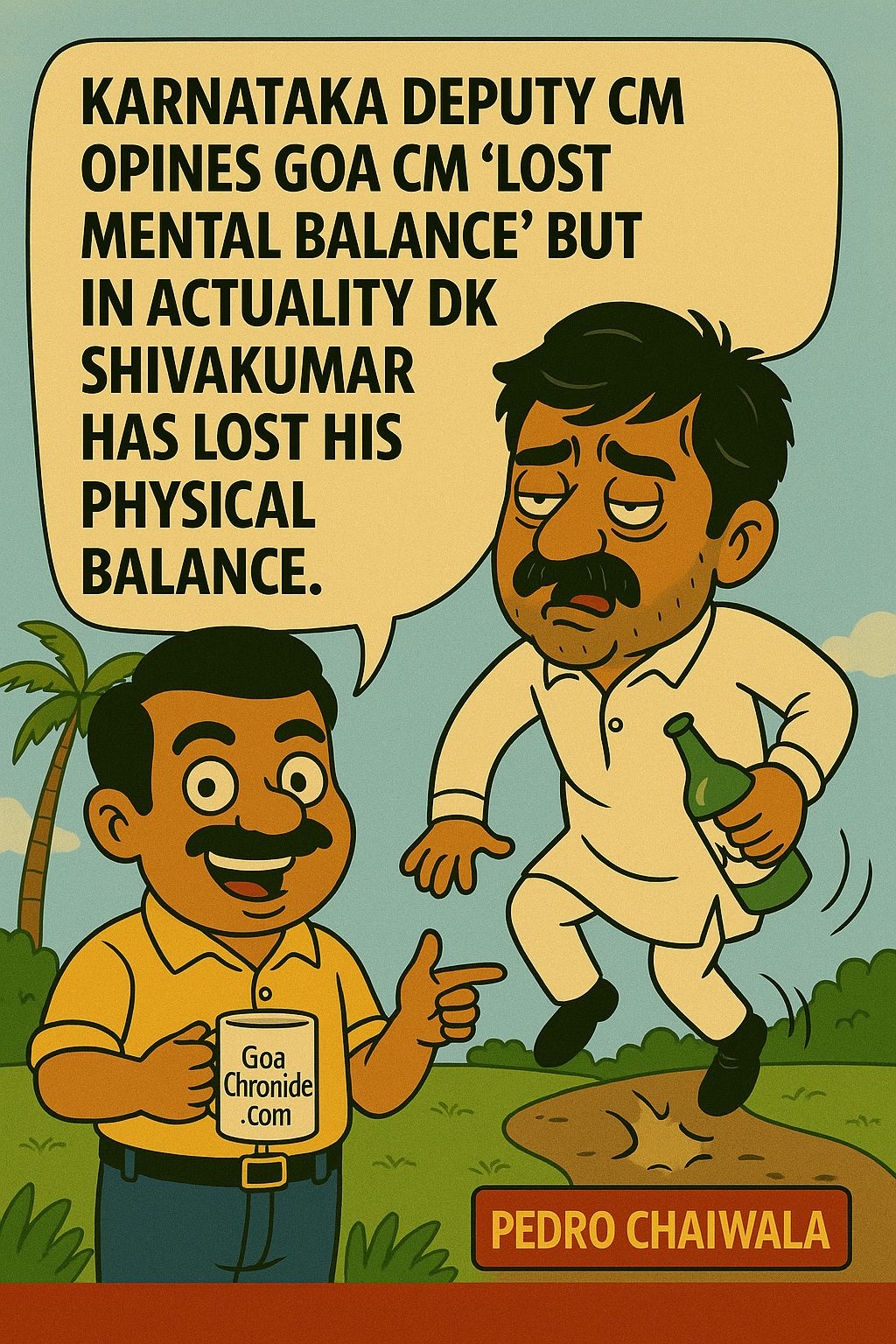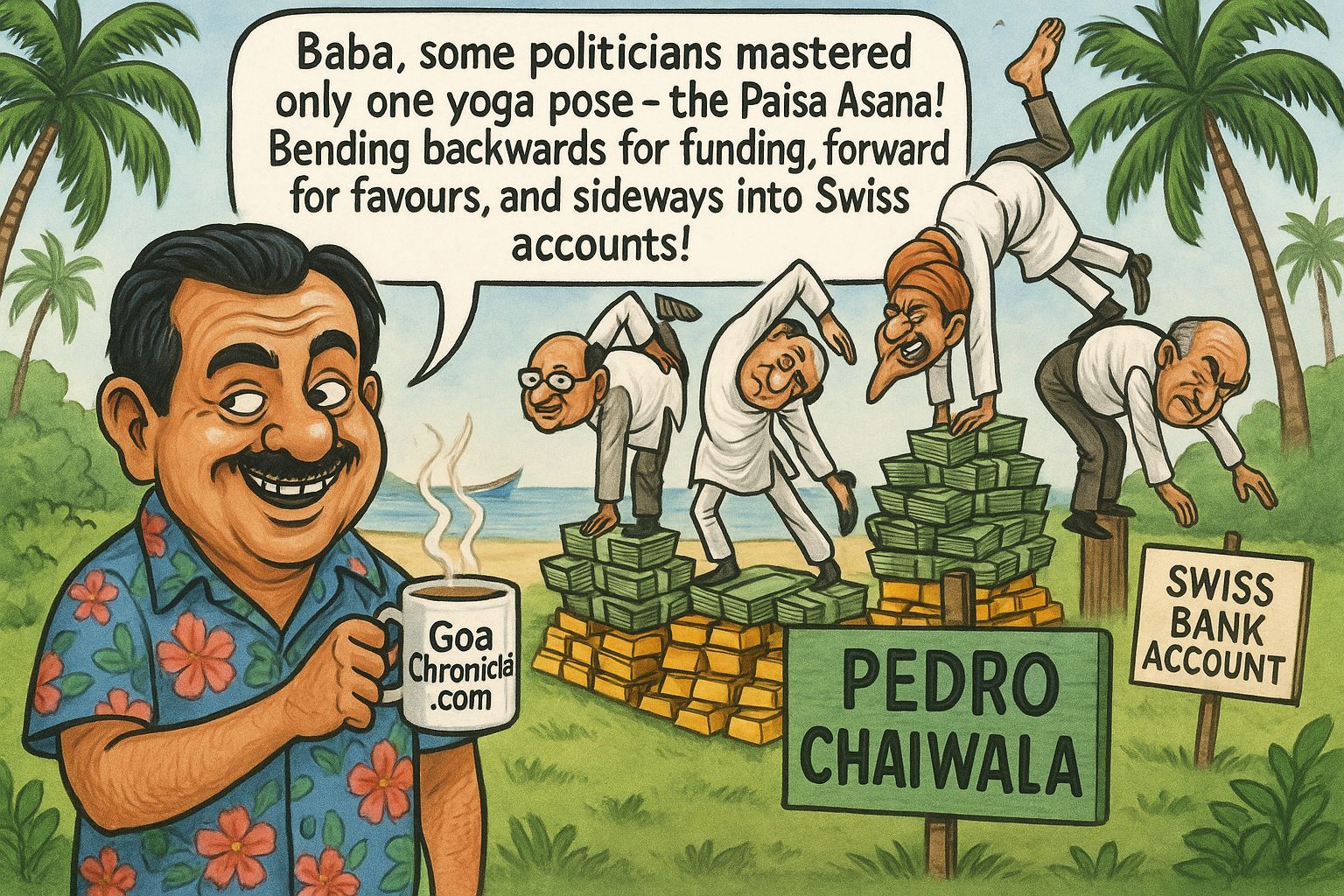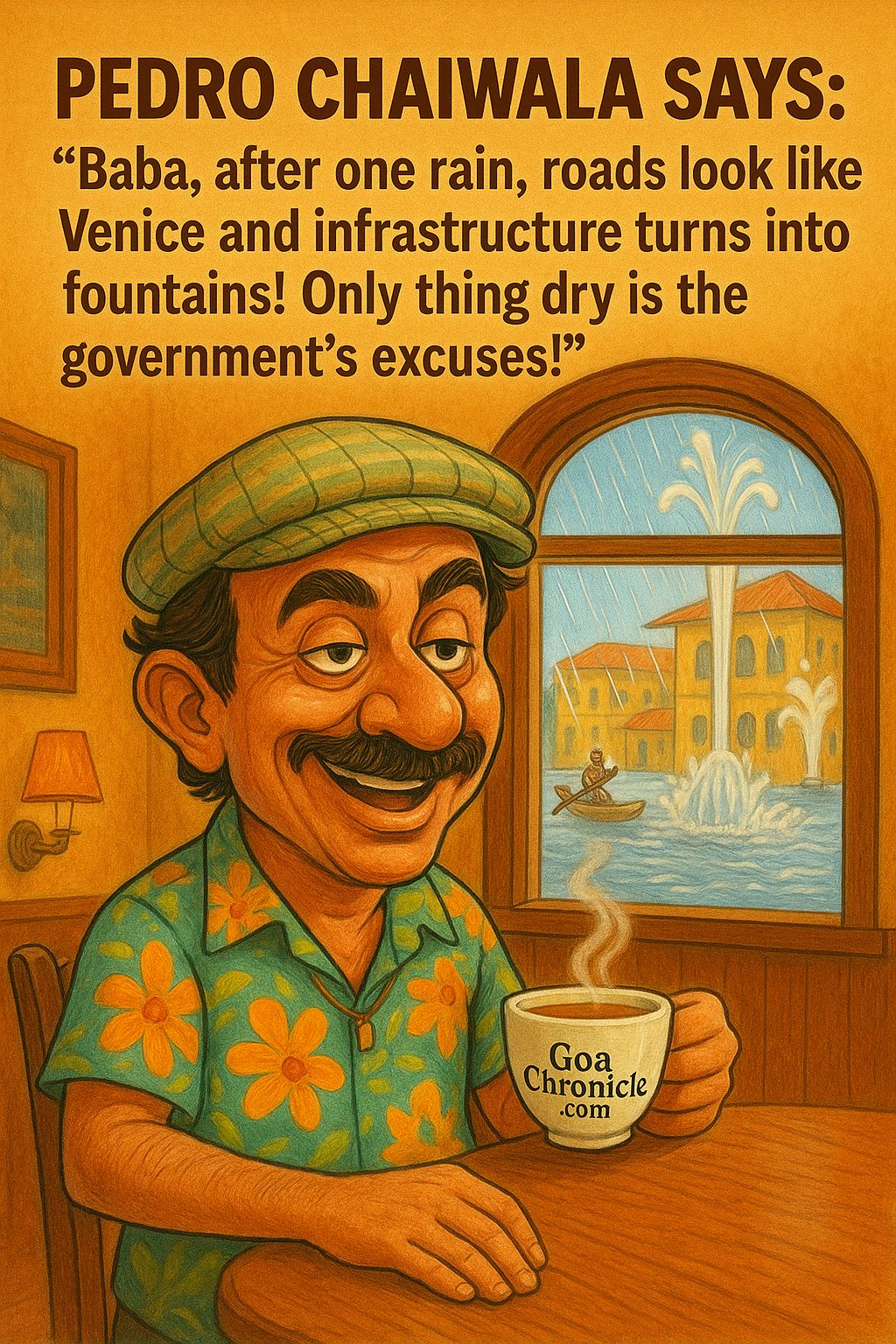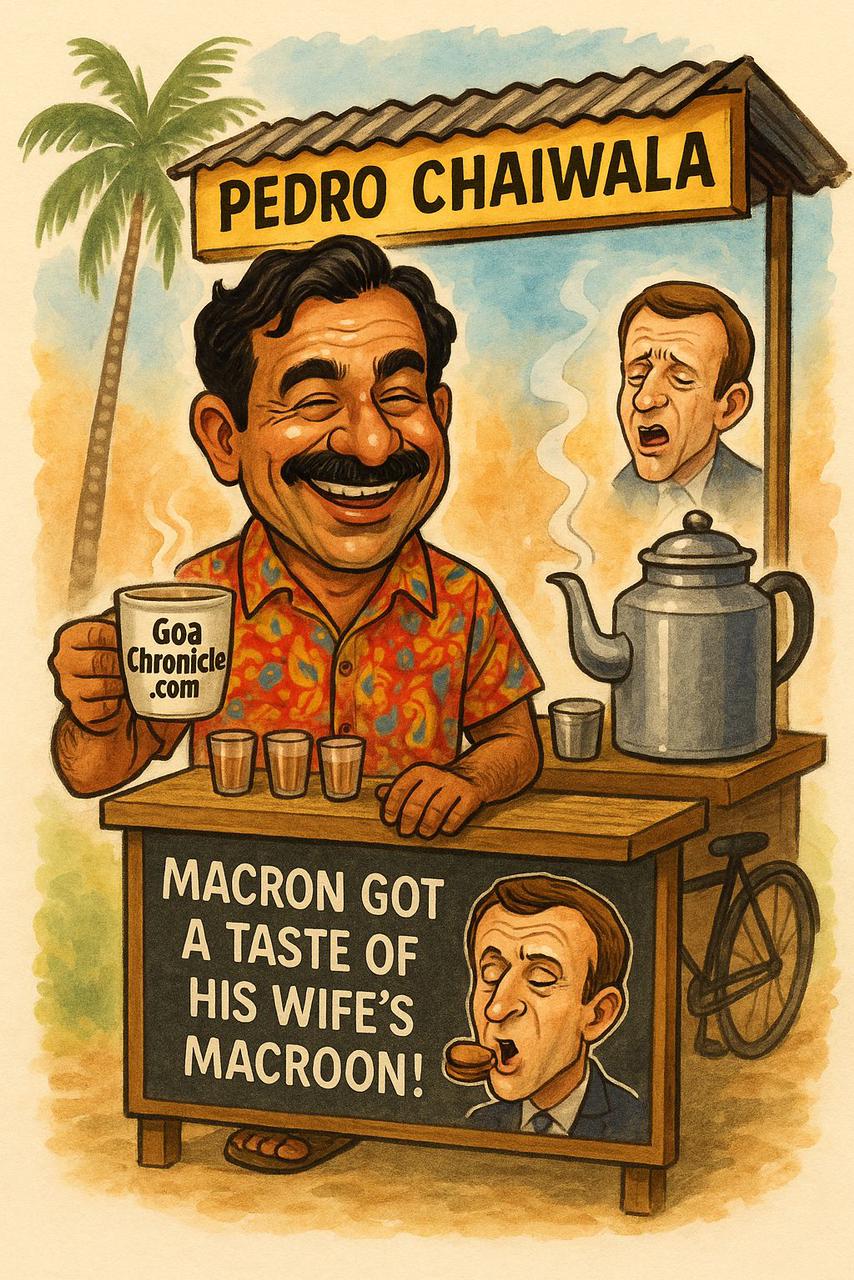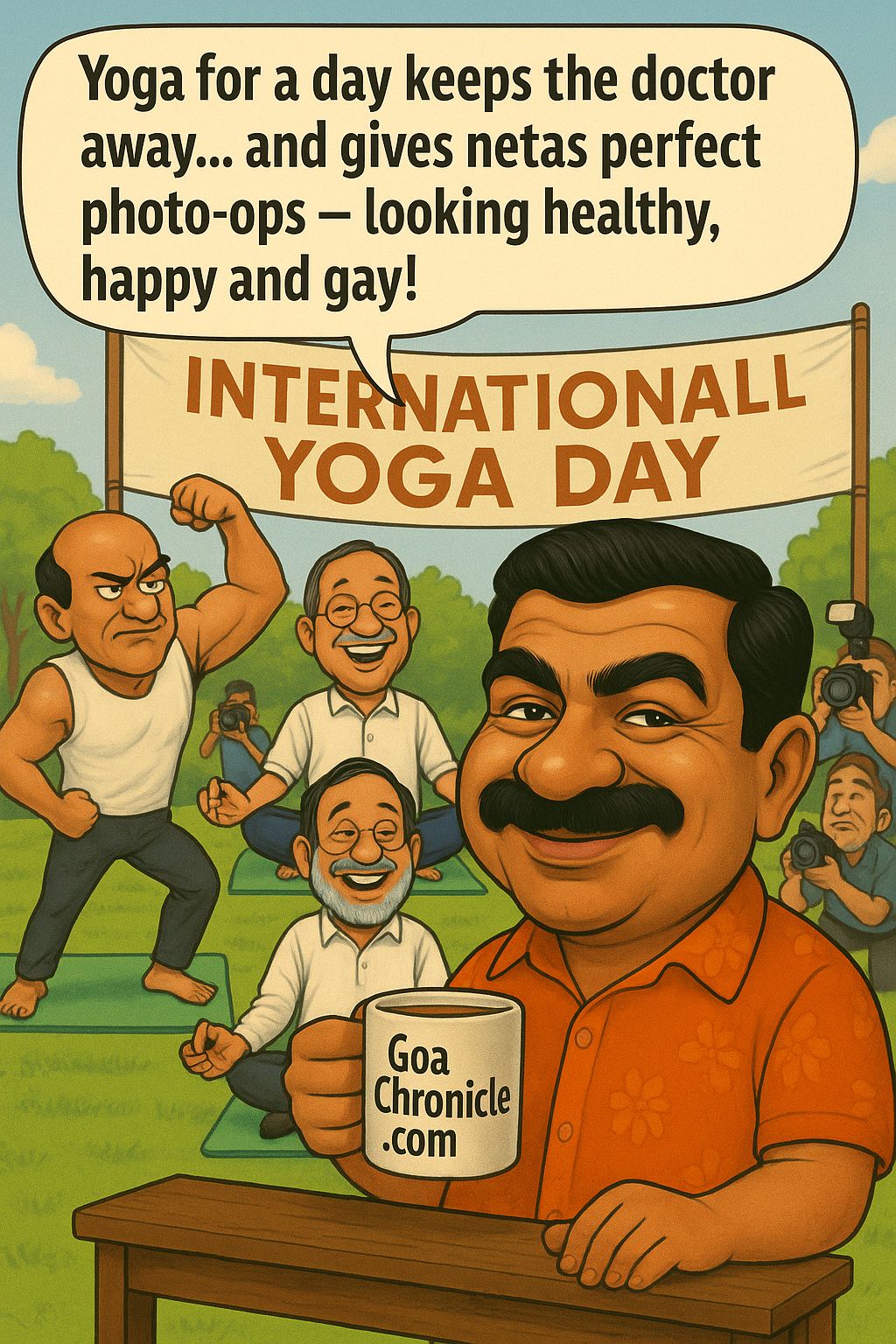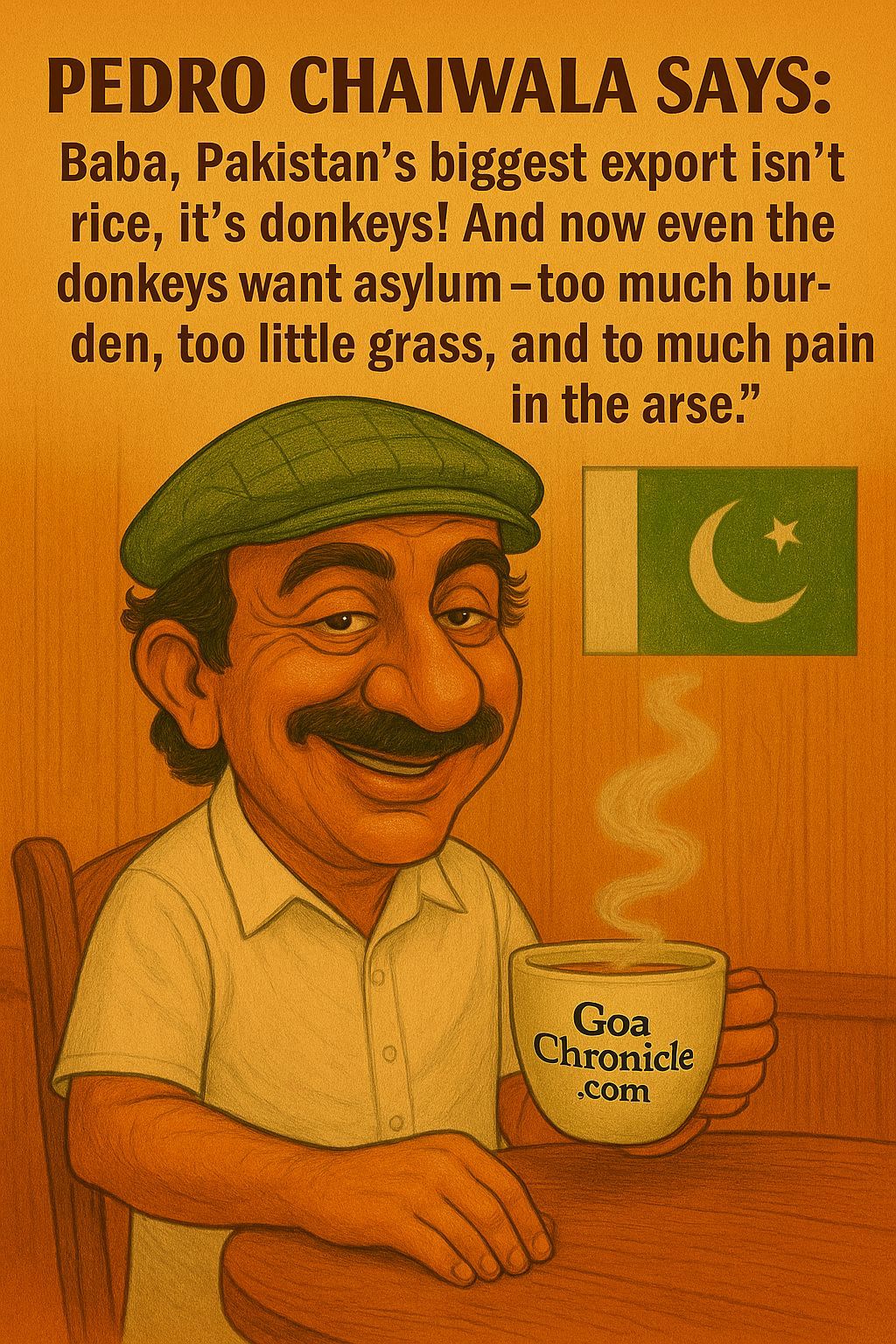If the Islamic Republic of Iran collapses like a house of cards, the shockwaves will not merely tremble through Tehran’s palatial halls of power—they will detonate across the region like a controlled implosion of an empire built on radicalism, proxy militias, and ideological jihad. And when that happens—and it very well could—the region may witness an unanticipated dawn: the disintegration of the so-called “Axis of Resistance.”
But make no mistake. The fall of the Iranian regime will not be an isolated regime change. It will mark the tectonic shift of the Middle East from a battlefield of ideological terror to a region with potential for stability, trade, and economic collaboration. The question is not whether Iran will fall. The real question is: What will the world do when it does?
Iran today is more than a state. It is the financial and ideological headquarters of the most complex terror-sponsoring architecture in the modern world. From Hezbollah in Lebanon to Hamas in Gaza, from the Houthis in Yemen to Islamic Jihad and various Iraqi Shia militias—Iran is the puppet master behind a shadow war that spans continents. It is not merely a “state sponsor” of terror. It is the state of terror.
This strategic empire, cloaked under the deceptive label of “resistance,” has only one goal: disrupt, destabilize, and dominate.
It thrives on chaos, funds radicalism, and exports sectarianism. It has bled billions of dollars—not to build schools, hospitals, or homes in Iran—but to arm its proxies with missiles, drones, and martyrdom cults. And the Islamic Revolutionary Guard Corps (IRGC), particularly the Quds Force, has acted as the global contractor of this chaos.
Remove the IRGC. Remove the Ayatollahs. Remove the Islamic Republic—and what’s left?
The answer: nothing but a skeletal empire of crumbling allegiances and empty ideology.
Iran’s regime survives on two currencies—petro-dollars and panic. The lifting of sanctions (as under Obama-era JCPOA) only fueled this machinery. Billions in assets unfrozen did not uplift the Iranian people. Instead, they flowed to Qasem Soleimani’s terror networks, now led by his successor Esmail Qaani. These billions fund Hezbollah’s missiles in Lebanon, Hamas’ tunnel networks in Gaza, and the Houthis’ drone attacks on Saudi and UAE oil installations.
If the regime falls, this spigot dries up. The elaborate cash pipeline feeding the world’s deadliest terror groups will evaporate.
And terror, like any enterprise, needs cash.
Without Iranian funding, Hezbollah will be reduced to a tribal militia clinging to political scraps in Lebanon. Hamas and Islamic Jihad will become fractured ideologues with no war machine. The Houthis will turn from geopolitical actors back into a localized insurgency.
Shi’ite terrorism—particularly state-sponsored—is entirely dependent on Iran’s ideological and financial stewardship. Sunni groups like Hamas, though different in doctrine, have been co-opted by Tehran’s purse and promise of a shared enemy: Israel and the West.
Of course, nature—and geopolitics—abhors a vacuum. A post-Islamic Republic Iran could unleash new regional jockeying. And the prime candidate to fill the ideological gap is Turkey under Recep Tayyip Erdoğan.
Unlike Iran, Turkey’s neo-Ottoman ambitions are cloaked in nationalism and Sunni political Islamism. Erdoğan has attempted to position himself as the Caliph of the Muslim world—a claim neither Arabs nor Persians genuinely accept.
If Tehran collapses, Ankara could expand its soft power and security influence in the region through Muslim Brotherhood networks, Qatar’s partnership, and strategic deployment in conflict zones like Libya and Syria. But Turkey is not Iran. It lacks the theological magnetism and long-term proxy architecture Iran built over decades. While Erdoğan may try to rally Sunni forces in the vacuum, his ambitions are tempered by NATO membership, economic fragility, and deep internal divisions.
Now imagine the possibility: A Middle East not tethered to Tehran’s destructive will. No more smuggling of arms to Lebanon. No more uranium-enriched brinkmanship. No more slogans of “Death to America” or “Death to Israel” etched into the walls of diplomatic irrelevance.
Instead, what emerges is the potential—not the guarantee, but the potential—for peace and prosperity.
Saudi Arabia, the UAE, Bahrain, and even Israel could channel military expenditure into economic zones, trade corridors, and tech alliances. The Abraham Accords would be further emboldened. India and China—both with deep strategic stakes in West Asia—would find a region less combustible, more investible.
Billions currently wasted on conflict preparedness and anti-terror operations could be rerouted into education, healthcare, infrastructure, and digital innovation. A Persian Gulf defined by pipelines of energy and commerce, not smuggled weapons and terror ideology.
The most overlooked victim of the Islamic Republic is the Iranian people themselves. Educated, culturally rich, historically proud—the citizens of Iran have been prisoners in their own land. Women beaten for refusing hijabs, students jailed for chanting “freedom,” and artists silenced for defying a 7th-century theocratic regime.
The youth of Iran do not chant “Death to Israel.” They chant “Death to the Dictator.” They don’t want martyrdom. They want modernity.
A free Iran would be a revolution for not just Iranians but for the entire region. It would stand as proof that Islam and democracy, Persian pride and global peace, can coexist.
The West must prepare—not for a military invasion, but for the day after collapse. Diplomats must study the regime’s terror spider-web. Intelligence agencies must plan for containment of its remnants. Regional actors must ready themselves for rapid realignment.
The world missed the Arab Spring’s warning in Iran. But history is giving it another chance. Let this not be another Syria, where the world watched as a nation bled into despair. Let it not be another Afghanistan, where withdrawal bred terror again.
Let it be Iran’s new beginning—from Ayatollahs to actual accountability.
For decades, the Islamic Republic has held the region hostage. It has fed terror under the guise of resistance. It has crushed its own people while exporting a vision of Shi’ite supremacy and anti-Western ideology.
If this regime collapses—and it will, whether from internal revolt, economic implosion, or international isolation—the axis of resistance will collapse with it.
And in its ruins, a new Middle East could be born.
Not a utopia. Not overnight.
But a region where terror does not receive a monthly salary from Tehran, and where children go to schools, not martyrdom camps.
Iran’s collapse is not chaos.
It is the world’s second chance at peace.





